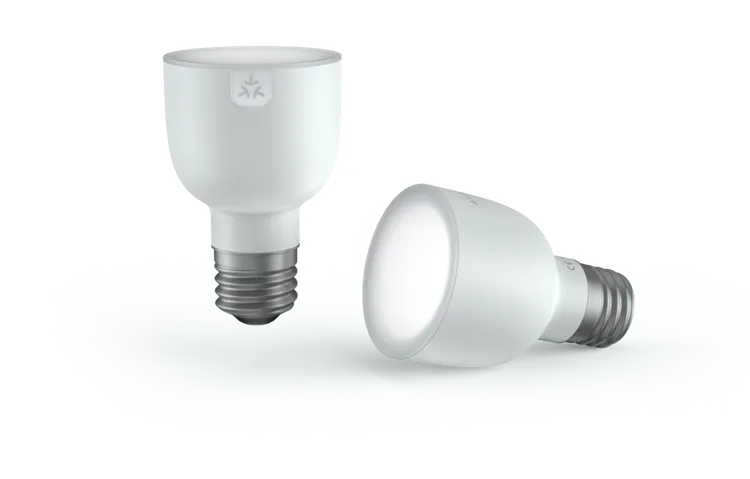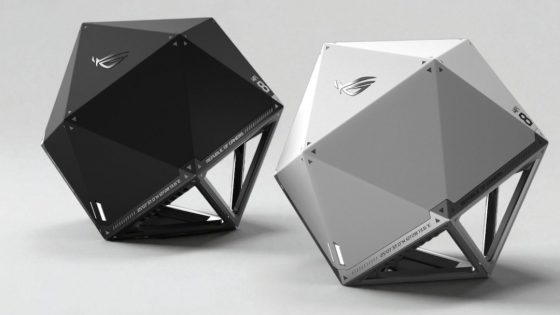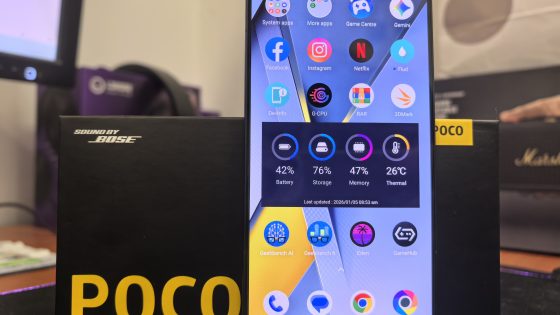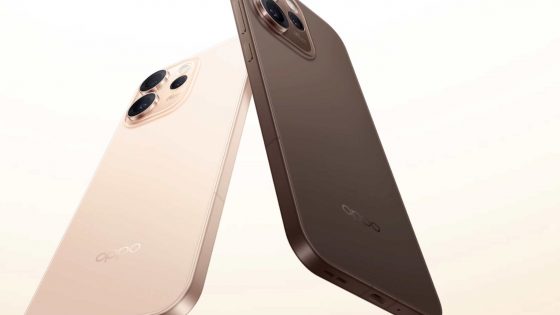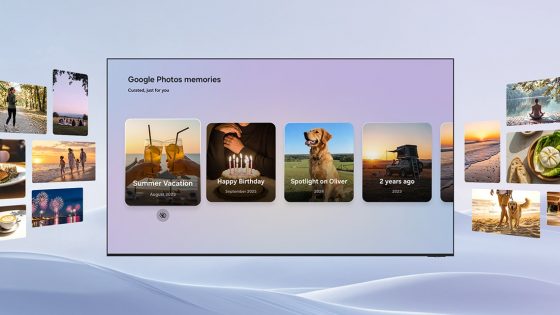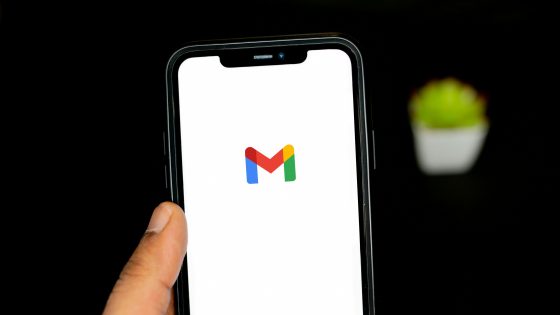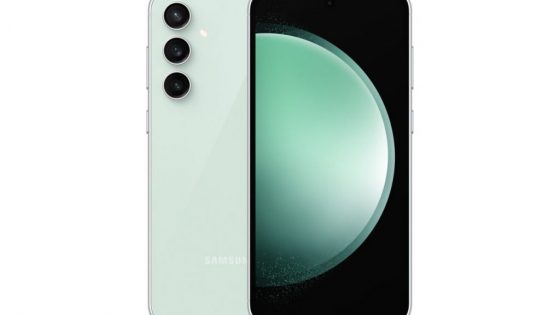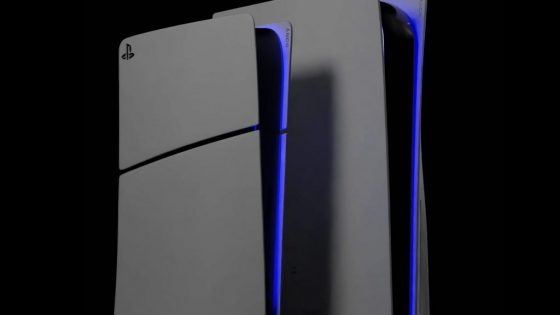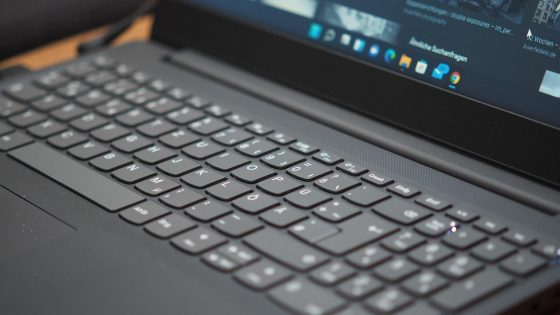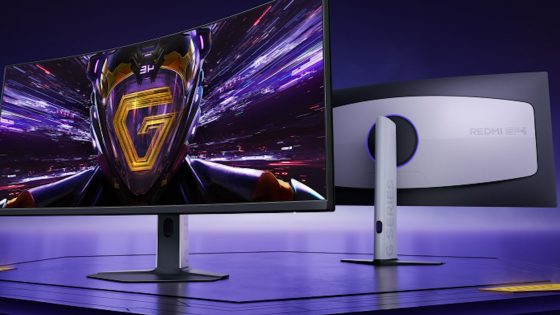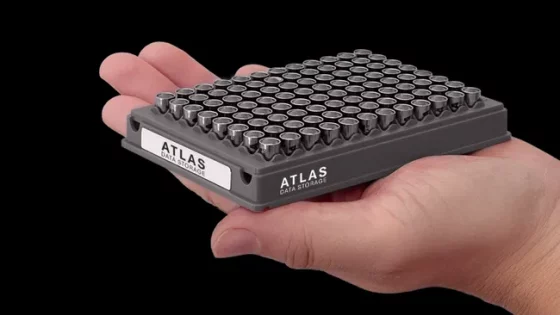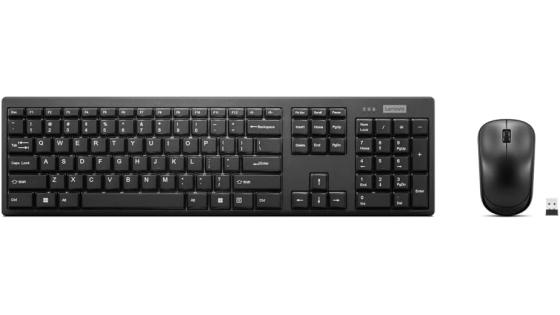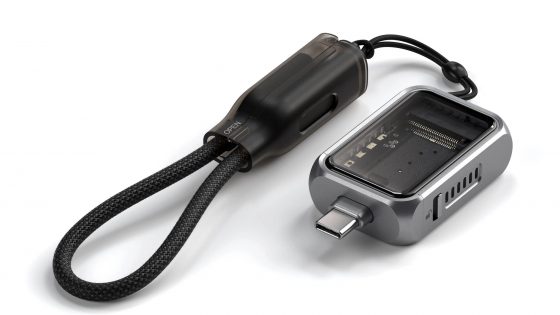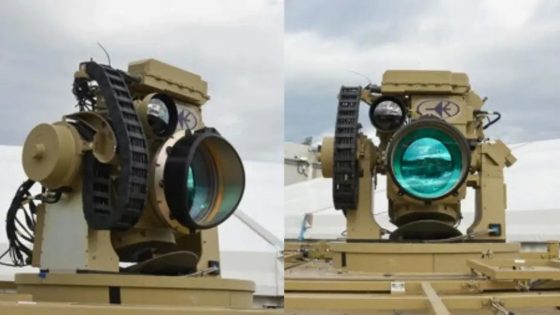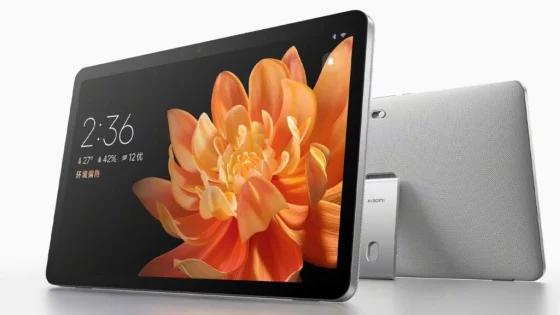What is the Matter wireless standard? Why is it important for the future of the smart home?
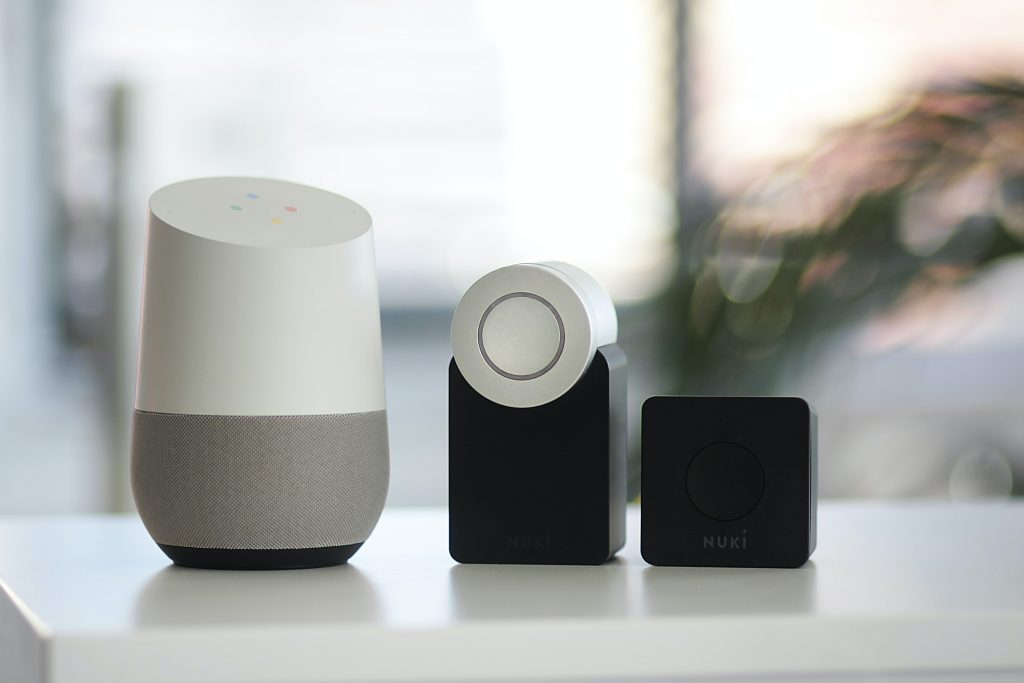
Matter is the common universal language for smart home devices. It is designed to simplify everything related to the smart home, from purchasing devices to setting them up and using them on a daily basis. The new standard promises what almost every smart home owner wants – interoperability of smart devices from different manufacturers, regardless of platform or ecosystem.
This means that you will no longer have to pay attention to whether a smart device has the label "Works with Google Home, Alexa, HomeKit..." when shopping. In theory, devices that support the Matter standard would work with everyone and be part of several different platforms at the same time. Smart lights, locks, household appliances, garage doors, for example, could be controlled with Siri, Alexa or Google Assistant. Its potential could be fully exploited by multi-platform smart homes. You might swear by the latest Samsung Galaxy S23 Ultra, your son on Xiaomi 13 Pro, and the partner on iPhone 14 Pro Max. Regardless of the device brand, in theory all members of the household could operate any Matter device.
What may be even more important for some is the ability to operate on the user's local network, which would help with better security and privacy (a similar level of security to a virtual LAN), as well as faster response and device performance. This means that the latency or delay would be almost imperceptible. Smart lights should turn on as quickly as turning them on with a physical switch. Working on a local network means that the devices would work even in the event of an internet outage.
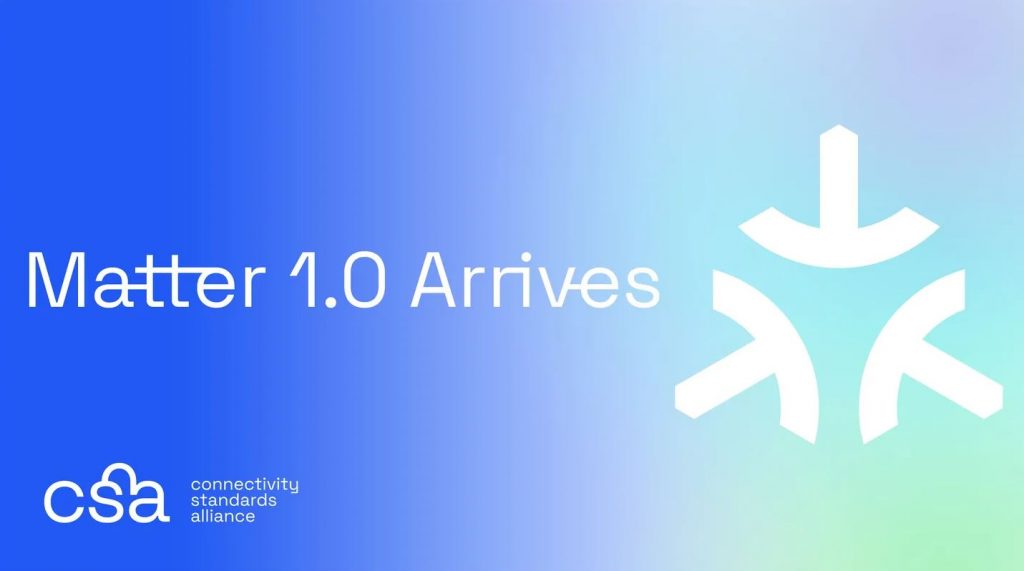
Standard Matter already works on select devices. Photo: CSA
What is Matter?
Matter is an interoperability standard designed to solve many of today's smart home headaches. It is developed under the Connectivity Standards Alliance (CSA) consortium, whose members include well-known names such as Apple, Google, Amazon, Samsung, LG, Nanoleaf, TP-Link and many others. This unimaginable support is one of the reasons why the smart community is betting big that the new standard will succeed and revolutionize the smart home.
Matter is often mistaken for a new protocol, but it is the language that devices will use to communicate with each other. Matter will use existing protocols such as Thread to connect devices with low power consumption and low bandwidth. For higher bandwidth devices like cameras, however, it will use Wi-Fi or Ethernet.
The latest smart standard will henceforth be integrated into all major smart home platforms, including: Amazon Alexa, Google Home, Samsung SmartThings and Apple Home. This means that manufacturers will not need to certify each platform separately. It will be enough to be certified for the Matter standard, which will work with all the listed platforms. What will differentiate them may be additional features or a deeper level of automation.
When does Matter come out?
The CSA Consortium released the latest standard to the public in the fall of 2022. As mentioned, it is supported by all major smart home platforms. The number of devices that support Matter is still relatively small for now. At CES 2023, a larger number of supported devices were presented or announced, so we expect 2023 to be a good year for the smart home. Many existing smart devices will also be able to receive Matter certification through updates.
Which devices are and will be compatible?
Matter 1.0, i.e. the first version of the standard, supports only a few categories of smart home devices. The functionality is also basic: power off/on, lock/unlock… Support for advanced features like dynamic lighting effects, adaptive lighting, power management… should come with the next generations. For now, you'll have to rely on existing smart platforms for advanced features, provided such features are supported of course.
Matter currently supports the following categories of devices: light bulbs and switches, sockets, locks, thermostats, blinds and shades, motion sensors, televisions and media players, bridges, wireless access points.
Devices that consume more energy, such as household appliances, are expected to be supported by the spring update of the standard, according to the CSA. At the same time, the following will receive support:
- security cameras, smoke detectors,
- garage door control sensors,
- energy management systems, room motion detection,
- environmental quality controllers.
What do you need to get started?
Matter controller. To add and control devices, you'll need a dedicated Matter controller and a companion app for the smart home platform. Unlike the typical bridges and hubs you're used to from different manufacturers, Matter controllers are not tied to a single brand. As long as the controller is certified to use the Matter standard, you will be able to control all supported devices.
The main task of the controller is the inclusion of devices in the home network, taking care of communication, control of devices, their automation and the possibility of remote access. The controller must therefore always be in your home, connected to electricity and connected via Wi-Fi or Ethernet.
Matter controllers are already built into some hubs and smart speakers, such as the Apple HomePod Mini, Apple TV 4K, HomePod 1st and 2nd generation, Google Nest Hub, Amazon Echo, Samsung SmartThings hubs and more.
The Matter controller requires a mobile app to add devices and manage automation. Some apps and mobile operating systems have become controllers in their own right. Matter support is built into the latest versions of iOS and Android, and several manufacturers have already announced that their smartphone apps will become Matter controllers in the future. Since you probably won't be leaving your smartphone or tablet at home, you'll also need a separate controller. Especially if you're going to want to use Thread devices.
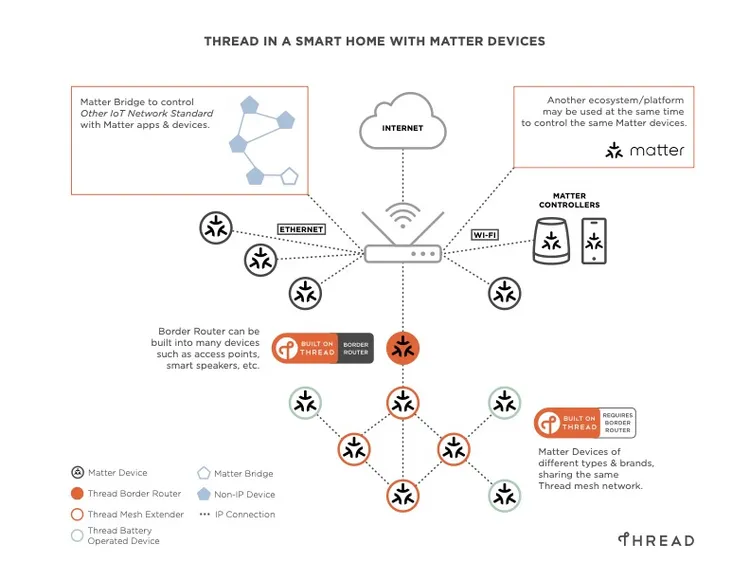
To use Thread devices, you will need Thread border routers. Photo: Thread
Thread border router
The main protocols through which Matter communicates are Ethernet, Wi-Fi and Thread. Matter controllers take care of connecting via Wi-Fi and Ethernet, but if you have devices that support the Thread protocol and you want to connect them to the Matter controller, you will need a Thread border router. The good news is that some Matter controllers are also Thread border routers. Before buying, check if it is a two-in-one device.
So far we have not clearly defined what a Thread is. It is a low-power, low-latency wireless protocol that creates a robust mesh network. The more Thread devices you have, the better the range and reliability of the network will be, as it is enough for each device in the Thread network to be able to communicate with the nearest Thread device. The protocol operates on the same 2.4-GHz spectrum as the Zigbee protocol. Similar to Zigbee, Thread is designed for low-power devices: sensors, light bulbs, sockets...
The difference between the two protocols is primarily in connectivity. Thread relies on IPv6, which means that supported devices can communicate with the Internet. Zigbee devices, however, need a hub for this. Thread is also open source and can boast of lower latency. Like the Matter standard, the Thread protocol is in theory compatible with all major platforms.
Thread border routers do not require a wired internet connection. Constant power and wireless Wi-Fi are enough. Which means that (unlike classic bridges and hubs) it can be almost any device, from smart lights to a thermostat or a speaker. In the future, we can expect Wi-Fi routers to be Thread border routers at the same time.
Can your existing smart devices use Matter?
Certain smart devices that you actively use in your home will receive software updates to make them compatible with Matter. You can connect Zigbee devices to Matter via existing hubs. Devices that cannot receive subsequent support due to software or hardware limitations will continue to operate on existing platforms and protocols.
What about security and privacy?
Two of the biggest concerns when setting up a smart home are interoperability and privacy. Matter is supposed to eliminate the first, but what about the second? The CSA says that securing devices is their core principle. “We use specific industry standard encryption technology and every device is verified before it joins the network,” says Michelle Mindala-Freeman, Marketing Manager at CSA. "Every message is secured on the network and Matter supports secure updates."
As for personal data - this will continue to depend on the user and device manufacturers. However, CSA says its privacy principles include reducing the amount of data shared between device interactions with the Matter standard.



